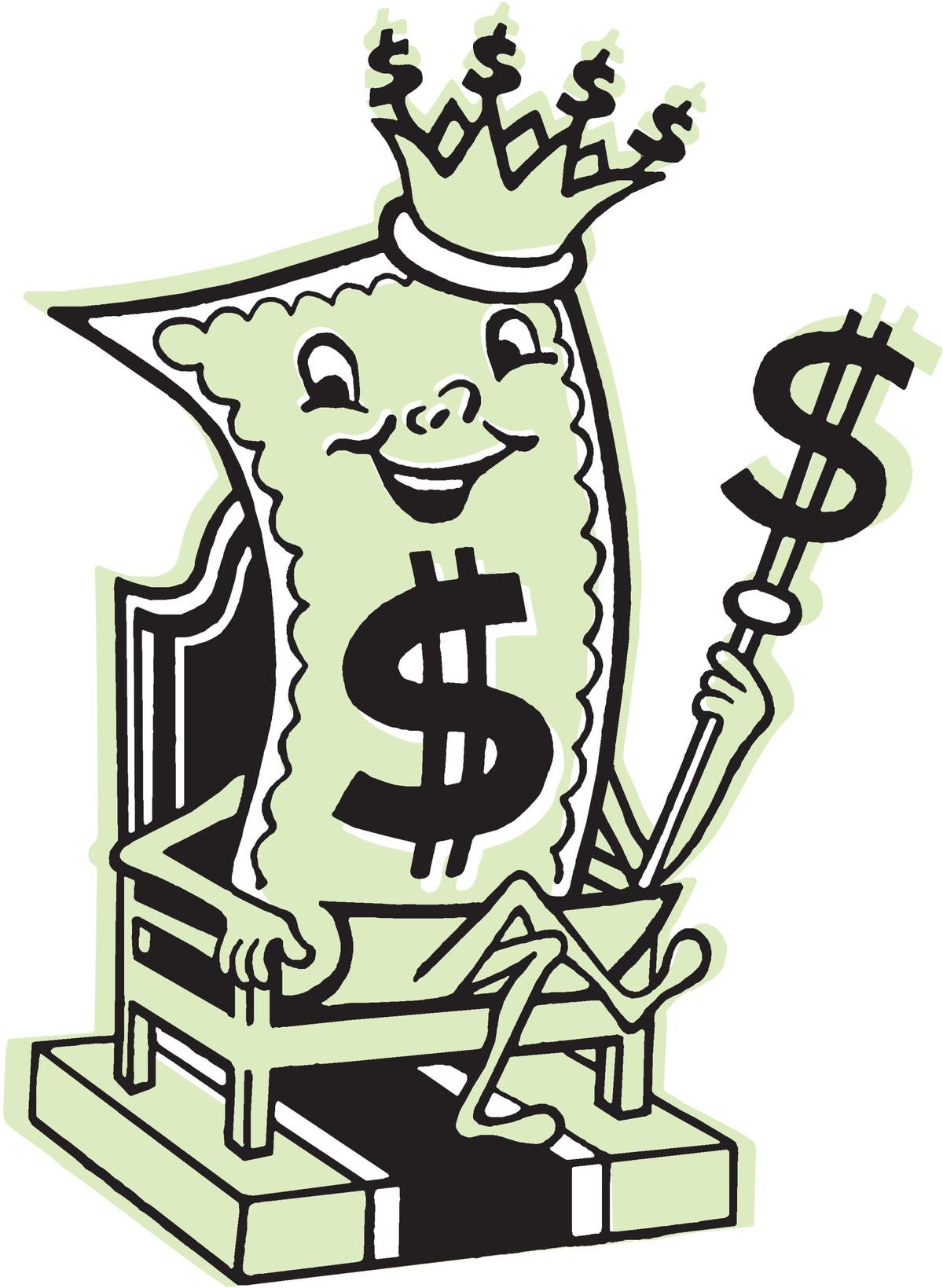One question I am increasingly asked by people is where they should deploy their funds amid the uncertainty about the economy and financial markets. My response is that for the first time in more than a decade, investors are being paid to park their spare cash in money market instruments. The reason: With the Federal Reserve boosting the federal funds rate by 25 basis points to 5.0%-5.25% at the May FOMC meeting, investors can now earn about 5% on money market funds (MMF), which compensates them for inflation.
While investors could also place money in bank savings accounts, their deposit rates are considerably below MMF rates. For example, the average rate on savings accounts nationwide according to Lending Tree is only 0.37%, although there is a wide variation among individual banks.
Until recently, banks were slow to increase rates as the Fed tightened monetary policy because they thought deposits were sticky. According to a report by the Federal Reserve Bank of New York, the response of retail three-month CD rates to changes in the effective federal funds rate (called the deposit beta) has been much lower than that for money market funds (see chart below). For example, during the period from the beginning of 2022 through March of 2023, the pass through of a one percentage point increase in the funds rate was 0.26 percentage points for bank CDs versus 0.86 percentage points for retail MMF accounts.
The MMF Beta Is Higher than the Deposit Beta
Source: FRBNY
However, banks began to lose deposits as the Fed tightened policy aggressively, and the pace of outflows has accelerated with the failures of regional banks such as Silicon Valley Bank, Signature Bank and First Republic Bank
FRC
BLK
FHI
JPM
More recently, a growing number of banks and asset managers have responded by offering more attractive rates on CDs, with some CDs now topping 5.00%. These instruments are similar to savings accounts in that they carry protection up to $250,000 per individual. However, the holder cannot touch the instrument for a designated period – whether for a few months or up to five years or more. In this respect, they are less liquid than money market instruments.
One consideration for investors in money market funds is they do not come with FDIC deposit insurance. However, they are bound by a strict set of rules, known as SEC Rule 2a-7, that carry restrictions on diversification, credit quality, liquidity and the maturities of the instruments they can hold to maintain the stability and safety of principal. Roughly 40% of their holdings are parked in reverse repos with the Federal Reserve, and the weighted average maturity for the 100 largest MMF has declined to just 15 days from an average of 35 days over the past decade according to Crane Data. This means they do not have significant credit risk or duration risk.
Another consideration is that by holding short-dated instruments investors are subject to reinvestment risk on them. That is, they could miss out on a rally in bonds or stocks if the Fed were to lower interest rates. In a previous commentary, I noted that this outcome is being priced into the bond market, where investors anticipate that the funds rate at the end of this year will be about 75 basis points below the level in the FOMC projections.
My take is that while the Fed may pause in raising rates now, it will be very reluctant to lower them as long as inflation is well above the Fed’s 2% average annual target. Although prices of goods have declined as supply-chain bottlenecks have eased, wages and prices for many service items have stayed elevated. Consequently, officials are wary about losing the Fed’s credibility as an inflation fighter after they were burned on their call that inflation would be temporary.
Beyond this, Fed officials must also recognize that by keeping interest rates artificially low, they have contributed to bubbles in financial markets and real estate in the past two decades. Throughout this period, the mantra of many investor has been TINA – meaning “there is no alternative” to holding equities or other long duration assets.
Now, for the first time in a long while, investors are being adequately compensated for holding more predictable and less-risky assets. This is especially important for retirees and low-income earners who cannot bear the risk of market fluctuations.
Even those who can take risks — including Warren Buffett — are finding the current investment environment unusually challenging, as investors have had to contend with numerous adverse shocks over the past three years. They include the worst pandemic in 100 years, the highest inflation rate in five decades, Russia’s invasion of Ukraine, a potential US banking crisis and a looming game of chicken over renewing the budget debt ceiling.
In these circumstances, it is understandable that many investors are uncertain about what to do with spare cash. Fortunately, they can finally earn a reasonable return on their cash holdings now.
Read the full article here


